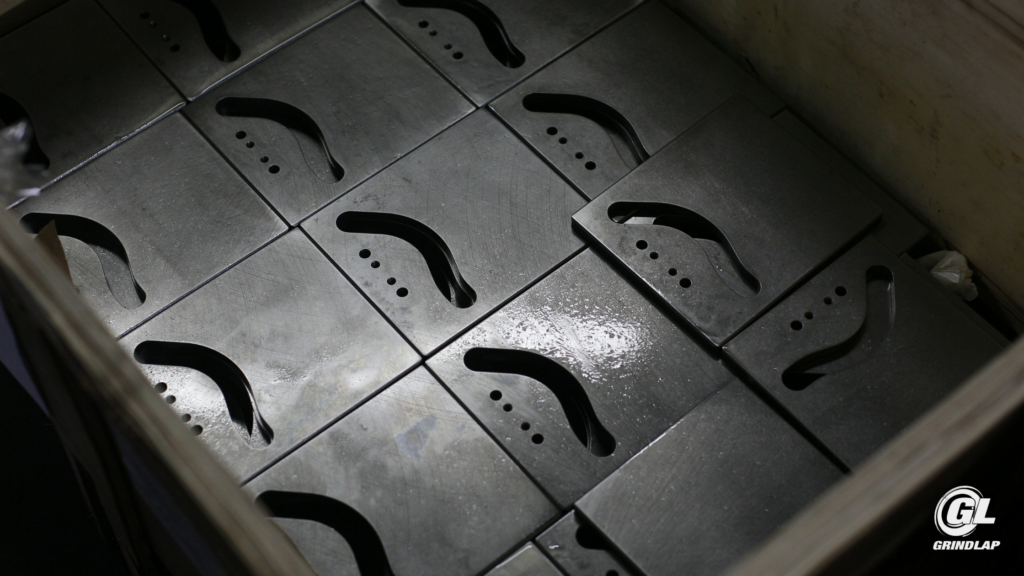Is your manufacturing process struggling to consistently meet design specifications? Measure and improve the manufacturing process capability by understanding Cpk.
Inconsistent product quality and frequent rework can disrupt production efficiency and impact customer satisfaction. If your processes are failing to deliver parts within tight tolerances, understanding and improving your Cpk value could be the key to resolving these issues.
At Grind Lap, we specialize in precision machining and process optimization. Our expertise in statistical measures, including Cpk, helps manufacturers refine their processes to ensure consistent quality and efficiency. With our in-depth knowledge and experience, we provide valuable insights into how monitoring Cpk can enhance your manufacturing operations.
In this article, you’ll gain a clear understanding of what Cpk is, how it’s calculated, and why it’s crucial for maintaining high manufacturing standards. We’ll walk you through practical examples and the benefits of monitoring and improving your Cpk value. By the end of this guide, you’ll be equipped with actionable steps to optimize your processes and boost product quality.
What is a Cpk?
Cpk, or Process Capability Index, measures the potential of a manufacturing process to produce parts or products that consistently meet design requirements. It is a statistical measure that compares the spread of the process data to the allowable tolerance range specified by the design requirements. A high Cpk value indicates that the process can produce parts with tighter tolerances, while a low Cpk value suggests that the process may not consistently produce parts within the specified tolerance range.

Example of Cpk in Action
To illustrate Cpk in manufacturing, consider a scenario where a manufacturer produces a component with a required diameter of 25mm ±0.1mm. The manufacturer measures the diameters of 100 parts and calculates the mean (average) and standard deviation of the data. The allowable tolerance range is 0.1mm.
The Cpk value is then calculated to assess how well the process meets this tolerance range. A Cpk value of 1.33 or higher indicates that the process is capable of meeting the design requirements. Conversely, a Cpk value less than 1.33 signifies that the process needs improvement.
Actions for Improvement
If the Cpk value is below 1.33, corrective actions may be necessary, including:
- Adjusting Manufacturing Equipment: Fine-tuning machinery settings to enhance precision.
- Improving Operator Training: Ensuring that operators understand and adhere to best practices.
- Modifying Design Requirements: Revising design tolerances if feasible to align with process capabilities.
Monitoring and improving Cpk values help ensure that manufacturing processes consistently produce parts or products that meet the design specifications.
Benefits of Monitoring and Improving Cpk
Monitoring and improving Cpk offers several advantages:
- Increased Efficiency and Productivity: Reducing waste and rework streamlines operations and maximizes output.
- Improved Product Quality and Consistency: Ensures that products consistently meet high-quality standards.
- Reduced Costs: Minimizes expenses associated with scrap and rework.
- Increased Customer Satisfaction: Enhances confidence in product reliability and performance.
- Enhanced Market Competitiveness: Produces high-quality products at lower costs, boosting your competitive edge.
Understanding Cpk Conclusion
Cpk is a vital statistical measure for assessing and improving the capability of manufacturing processes. By understanding and optimizing Cpk, manufacturers can achieve consistent product quality, reduce costs, and enhance overall efficiency. At Grind Lap, we are committed to helping you leverage Cpk insights to refine your processes and achieve superior manufacturing outcomes.
Explore more about how we can support your precision machining needs on our Grind Lap services page.


Recent Comments